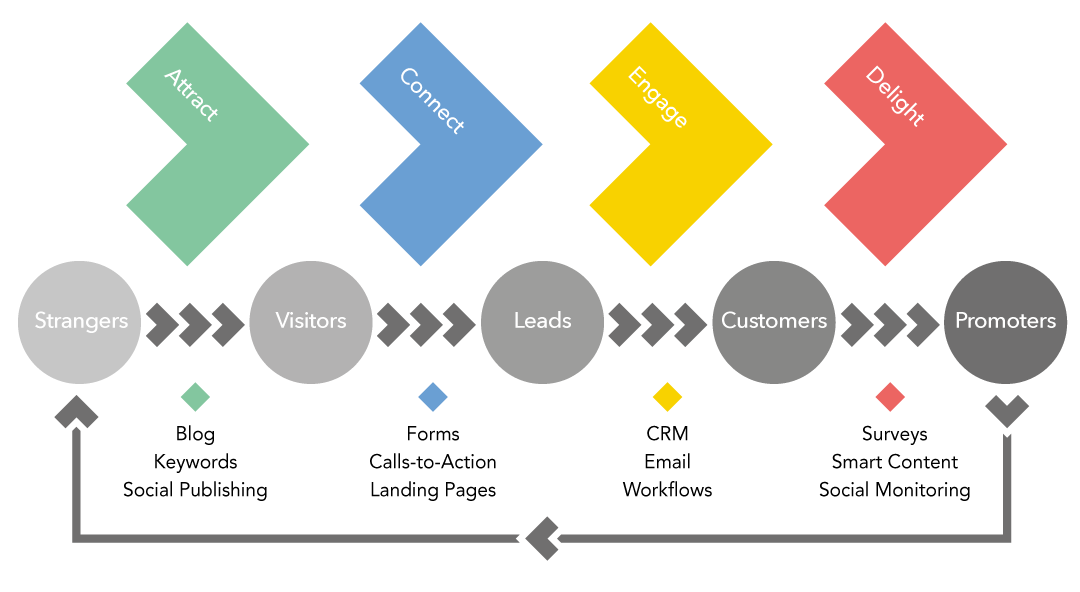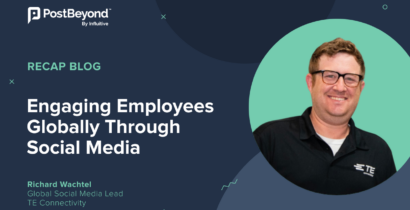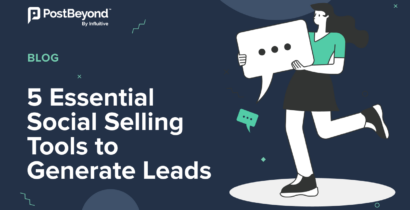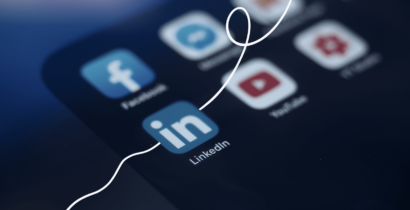Last week, we hosted our webinar on The Content Amplification Playbook: Harness Social Media to Boost Your Content Reach with our friends at Influence & Co. During the webinar, we discussed proven strategies, tips, and tactics to implement to promote your content to the right audience.
As always, there were plenty of questions from the audience – everything from, “how do you create video content, the inbound way?” to “what content works best for different regional locations?” Luckily, we got to tackle all the questions thrown at us, but I’m sure if someone asked there’s plenty of marketers who are probably asking the same thing. So, I’ve selected some of the most asked about questions on content amplification and as a bonus, some additional tips at the end.
Top three questions about content amplification:
- Why does content amplification matter?
- How do you create video content in an inbound way?
- What are some tips to help a partner share your content?
Why does content amplification matter?
Have you heard the age-old question of “if a tree falls in the forest and nobody is there to hear it, does it make a sound?” Well, that same question reflects why content amplification is such an important step in a content marketing strategy.
If you create high-quality content and nobody looks at it, did you actually create content?
Most marketers spend the majority of their time in the content creation process, from ideation all the way to publishing. If you’re like me, you probably spent weeks on a whitepaper from brainstorming to writing then editing and designing. All of this work so you can publish it live to the world and your target flocks to your website to download the asset. Unfortunately, this usually doesn’t pan out this way. If content amplification and promotion aren’t a part of the process from the start then there’s a high likelihood that the engagement you’re expecting won’t match reality.

Take Pareto Law into consideration for your content marketing strategy.
Marketers should be spending 20% of their time creating content and the remaining 80% promoting content. Promotion should be a part of the plan from the start. Think about who your audience is and where they go to consume content. This can be on social media or third-party publications or perhaps they search heavily on Google. You want to ensure your content gets seen and heard on the channels that your audience is on.
How do you create video content in an inbound way?
First, let’s define what the ‘inbound way’ means and then break down what the inbound methodology is. Inbound is an effective strategy to attract potential customers to your content and then convert them to become customers. The cornerstone of a successful inbound marketing strategy is to create quality content that attracts leads in which you can then nurture through content about their challenges, your product or services at different stages of the buyer’s journey.
Content helps your leads understand their challenges, present them with solutions, and finally convert them to leads where you can close and delight them as happy customers.
The typical inbound process is like this.

Image sourced from Biostrata Marketing
Attract
In the Attract stage, it is important to attract the right audience to your website. This means that the people visiting your website are likely to resonate with your content and have a higher likelihood to purchase your product or service. You’ll need to solidify your buyer personas to identify who the right audience is.
In the attract stage, your audience is most likely unaware of your solutions, however, they are seeing a challenge in their business.
The type of video content that works best in the Attract stage are vlogs, short social media videos, explainer videos. They’re designed to capture the short attention span of your audience while being present in the channels they’re most on. This includes social media and possibly your blog as well.
Convert
In the Convert stage, your goal is to convert website visitors into leads. This is achieved by gathering information about your leads such as their email address, name, job title, role, and company. In return for their information, you’re exchanging something of value such as a free eBook, a webinar or whitepaper.
To use video in this stage, webinars, longer explainer videos, video Q&A are popular. They provide an opportunity for you to gather information from yours and in return, they’ll receive valuable information that can address their business challenges.
Close
Now once you attracted the right website visitors, converted them into leads, you can now strive to convert them into customers. The goal of the Close stage is to turn your educated leads into happy customers.
Content in this stage is focused very much on the product or solutions you offer. Video content in the Close stage can be in the form of customer webinars, case study videos, and in-depth product videos. If you’re in B2B and have a sales team, they can leverage a platform like GoVideo to engage and close prospects in video email format. This personalizes your outreach and provides your customers with a human connection to your brand.
Delight
Once your leads close to becoming customers, your goal is to now delight them and turn them into happy, loyal customers. This is arguably one of the most important steps in the inbound methodology. Just because they’re now customers, it doesn’t mean the love stops there.
You should be continually engaging your current existing customers and building relationships with them by using the content. Video content in this stage can include customer training webinars, product training videos, Q&A or support videos on the product. Of course, enabling your account management team with video is critical for maintaining the customer relationship.
How can your partners help amplify your content?
During this webinar, Brittni Kinney discussed the importance of partner distribution as a method for content amplification. This includes relationships with industry influencers to help promote and share content when it makes sense for your audience and asking for the same favor in return.
When you’re thinking about the resources you have at hand, such as agencies, partners or other companies in your industry, these are all potential partners that align with your company values and can help promote your content to their audience. Chances are that they also have connections that would be beneficial for your business such as new customers.
Whether it’s a guest blog or a co-marketed webinar, you have the opportunity to promote your content to an entirely new audience. The relationships built with partners can also be a continuous one where you dive into other realms of partnership as well.
Employee Advocacy is Essential for Content Amplification
Your employees have the potential to be your best channel for promoting content. According to MSLGroup, company-branded messages reach 561% further when shared by employees versus branded channels. This means that whenever an employee shares content, they can organically outperform branded channels in terms of social reach – according to Social Media Today, it’s 8x more engagement than content shared by brand channels. Since employees all have different networks, these are all niche followers who are more engaged to the individual as opposed to the brand.
When you’re creating content, think about which employees can be a part of your content amplification strategy. Identify which employees have a higher likelihood to share your content with their networks. They may be employees who are engaged with your brand, have strong social followings or are at the forefront of the company.
By having a cohesive content amplification strategy, your next content piece should be well equipped to make a noise, unlike that fallen tree in the forest.




